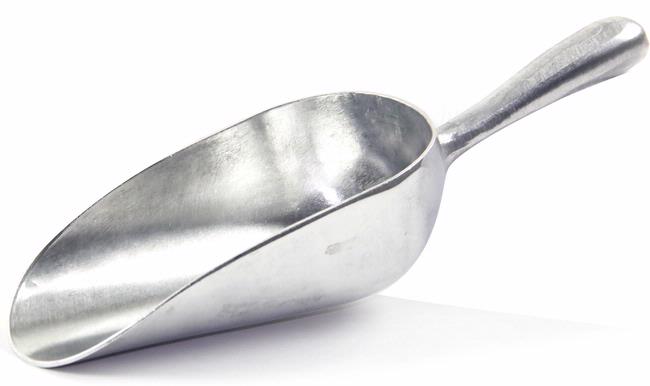PLINTH AREA : Plinth area of a building is the built up covered area of the building measured at any floor level(i.e. floor level at any storey). It is calculated by measuring the external dimension of the building excluding the plinth offsets, courtyard, open spaces, cantilevered porches, balconies, loft(space directly below the roof covering large space similar to attic, attic refer to whole floor below roof but loft may not). But the supported (other than cantilevered) porches are included in the plinth area.
Sunshade, cornices are not taken into account in plinth area.
CARPET AREA: It is the area excluding the areas of interior and exterior walls and columns from plinth area.
In simple words, plinth area is the total area upon which the structure is built up and the carpet area is the area upon which the carpet can be laid. In this sense carpet area is always less than plinth area for a building.
Sunshade, cornices are not taken into account in plinth area.
CARPET AREA: It is the area excluding the areas of interior and exterior walls and columns from plinth area.
In simple words, plinth area is the total area upon which the structure is built up and the carpet area is the area upon which the carpet can be laid. In this sense carpet area is always less than plinth area for a building.
